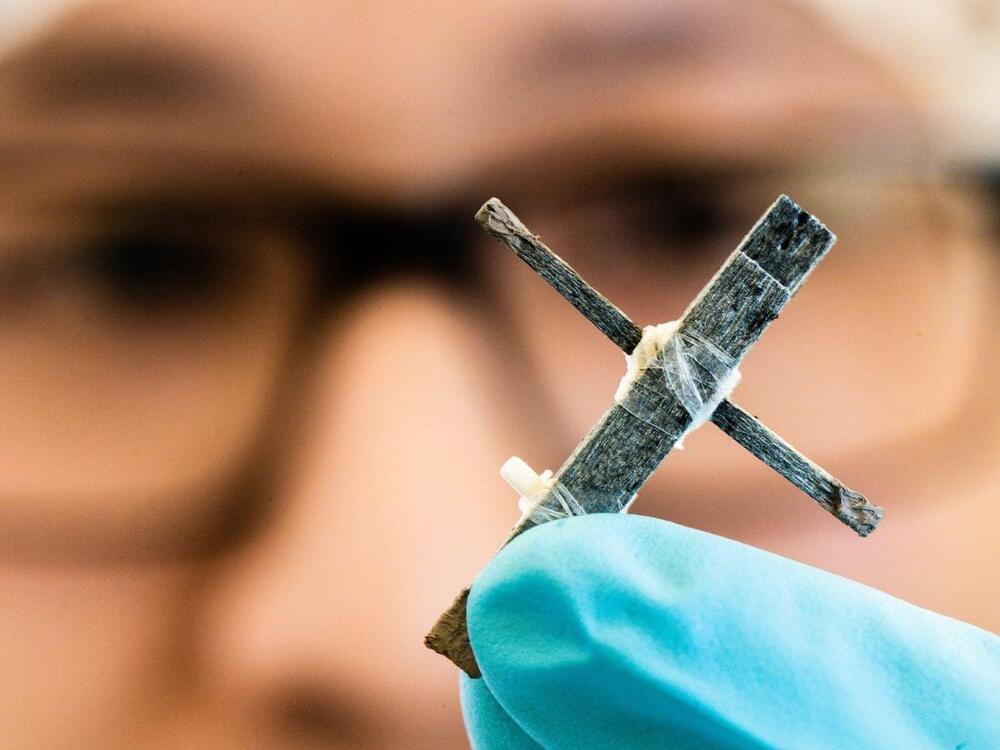“It was very curiosity-driven,” says Isak Engquist, a professor at Linköping University who led the effort. “We thought: ‘Can we do it? Let’s do it, let’s put it out there to the scientific community and hope that someone else has something where they see these could actually be of use in reality.’”
“I have colleagues who are at the forefront in a field we call electronic plants. … We have worked with dead woods for this project, but the next step might be to integrate it also into living plants.” —Isak Engquist, Linköping University.
Even though the wooden transistor still awaits its killer app, the idea to build wood-based electronics is not as crazy as it sounds. A recent review of wood-based materials reads, “Around 300 million years of tree evolution has yielded over 60,000 woody species, each of which is an engineering masterpiece of nature.” Wood has great structural stability while being highly porous and efficiently transporting water and nutrients. The researchers leveraged these properties to create conducting channels inside the wood’s pores and electrochemically modulate their conductivity with the help of a penetrating electrolyte.
